The DO Loop
Statistical programming in SAS with an emphasis on SAS/IML programs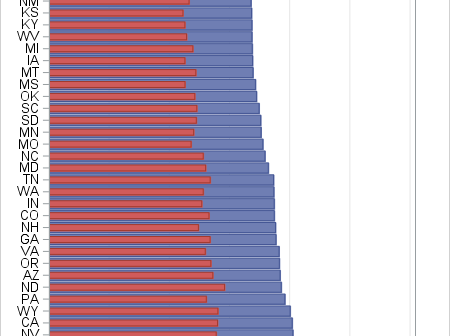
Money magazine (Jan/Feb 2018) contains an article about how much it costs to give birth in the US. The costs, which are based on insurance data, include prenatal care and hospital delivery but exclude infant care. The data are compiled for each state (including Washington, DC) and by type of
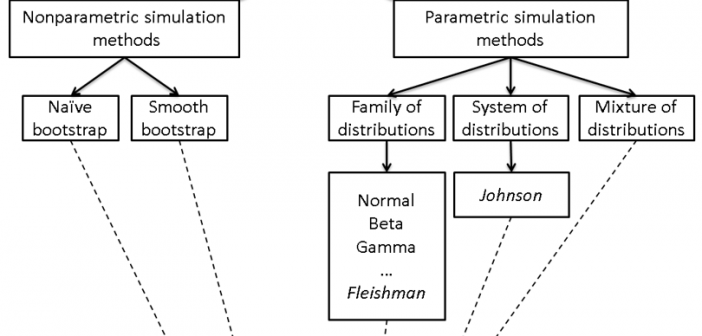
Last week I got the following message: Dear Rick: How can I create a normal distribution within a specified range (min and max)? I need to simulate a normal distribution that fits within a specified range. I realize that a normal distribution is by definition infinite... Are there any alternatives,
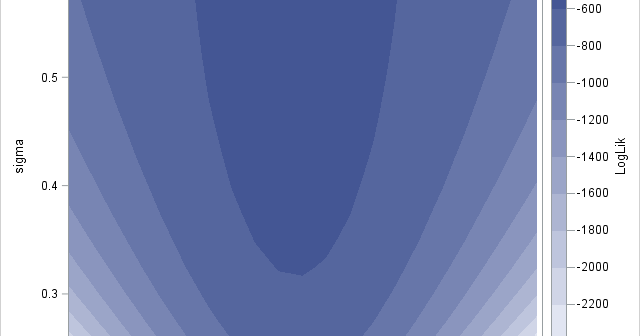
Last week I wrote about the 10 most popular articles from The DO Loop in 2017. My most popular articles tend to be about elementary statistics or SAS programming tips. Less popular are the articles about advanced statistical and programming techniques. However, these technical articles fill an important niche. Not
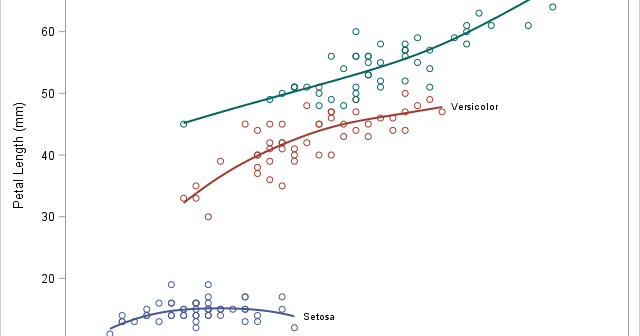
A SAS programmer asked how to label multiple regression lines that are overlaid on a single scatter plot. Specifically, he asked to label the curves that are produced by using the REG statement with the GROUP= option in PROC SGPLOT. He wanted the labels to be the slope and intercept
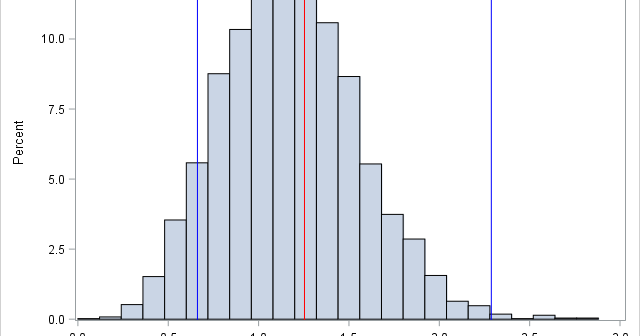
I wrote more than 100 posts for The DO Loop blog in 2017. The most popular articles were about SAS programming tips, statistical data analysis, and simulation and bootstrap methods. Here are the most popular articles from 2017 in each category. General SAS programming techniques INTCK and INTNX: Do you

I previously showed an easy way to visualize a regression model that has several continuous explanatory variables: use the SLICEFIT option in the EFFECTPLOT statement in SAS to create a sliced fit plot. The EFFECTPLOT statement is directly supported by the syntax of the GENMOD, LOGISTIC, and ORTHOREG procedures in
